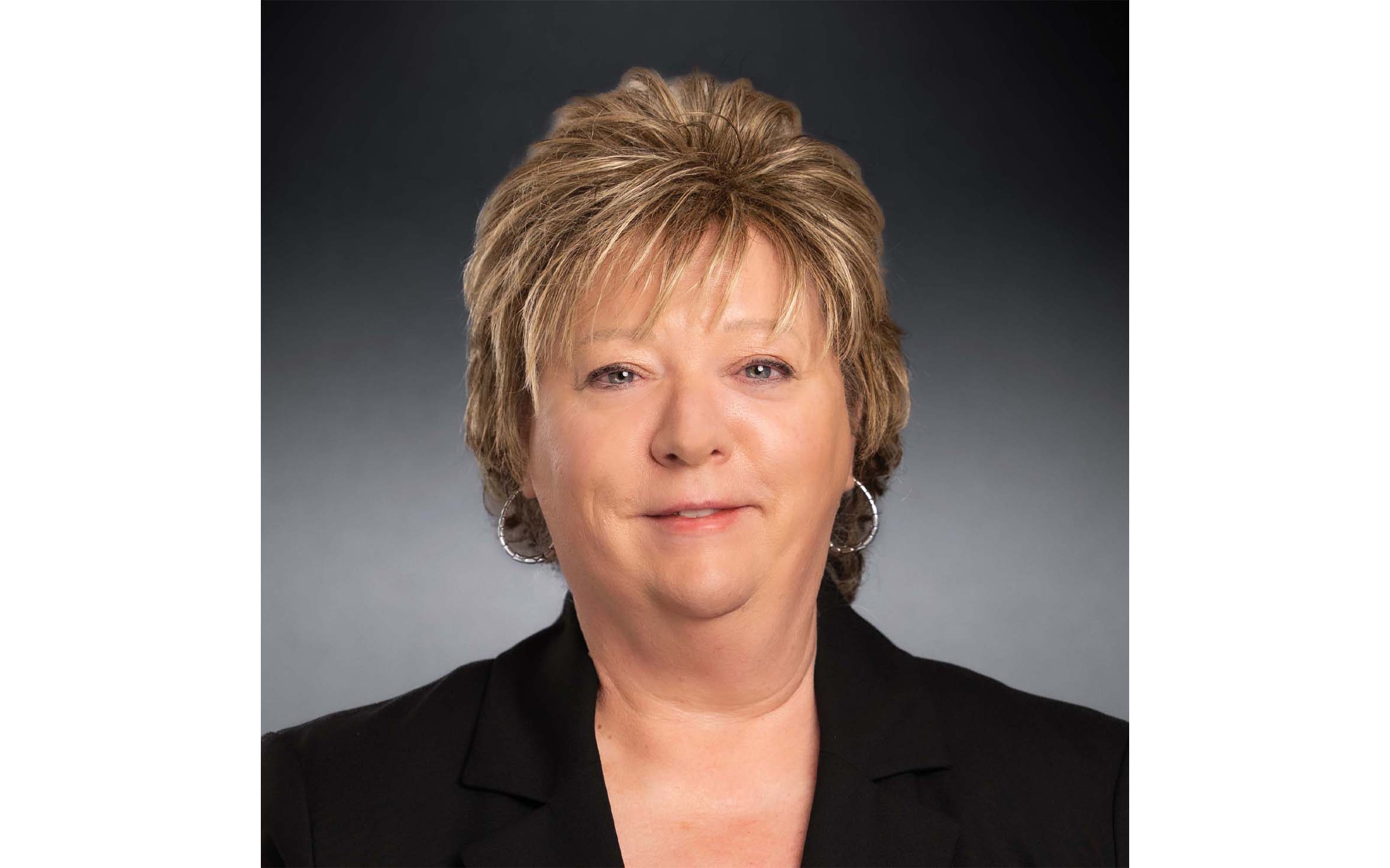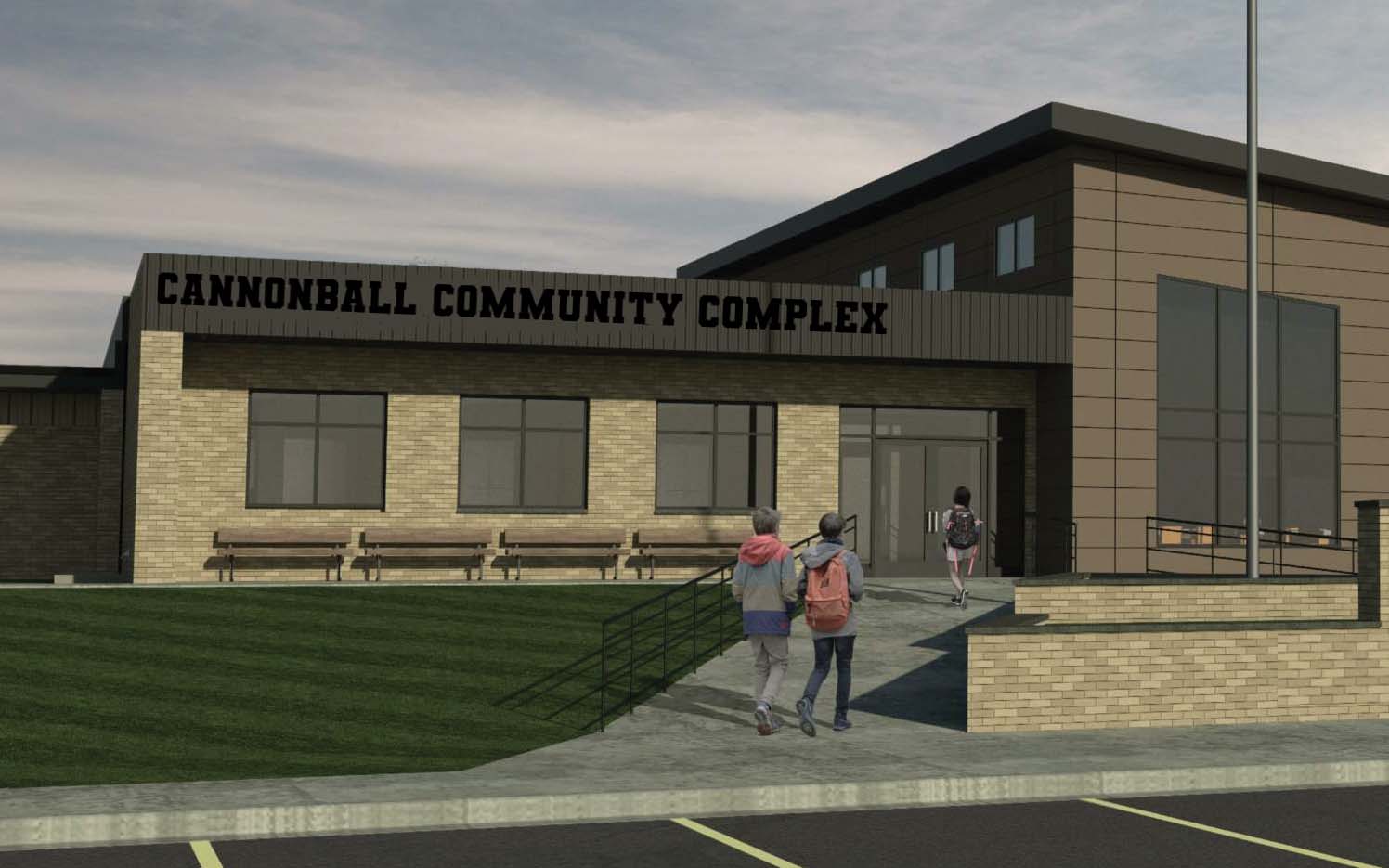Lenders are cautiously optimistic that 2025 will be a bigger year for both loan origination activity and profitability as key hurdles—higher interest rates and general uncertainty—continue to dissipate.
For the Bank of Zachary in Zachary, La., that optimism is rooted in recent performance. Despite a challenging rate environment that slowed demand, particularly in the residential mortgage market, the community bank successfully grew its loan portfolio by about 8% in 2024.
“That’s a win in my eyes with the rising rate environment we had [in 2023],” says Joshua H. Prejean, chief credit officer and senior lender at $400 million-asset Bank of Zachary.
High mortgage rates, construction costs and higher home prices made homebuying less affordable, he adds, noting that there was a similar pattern in the commercial real estate side, with a decline in investment activity and new construction.
Lenders are looking at this year with more optimism following the start of what is expected to be a rate-easing cycle. The Fed’s initial 50-basis-point (0.5%) rate cut in September is expected to be a key first move in returning the federal funds rate to a more neutral level.
As of November 2024, the Fed also appeared to be heading toward a successful “soft landing” for the economy, with strong employment, lower inflation and good GDP growth. All of this bodes well for both consumer and commercial lending.
Of course, despite these positive signs, no one has a crystal ball. The timing, size and speed of future rate cuts remain uncertain. Stronger-than-expected job growth or a resurgence in inflation could contribute to a slower path forward for rate cuts. And there is always the chance of unforeseen events or geopolitical risks emerging that could change the trajectory of the economy and alter the lending outlook.

“It’s a bit of a mixed picture. I do expect things to begin improving, but it’s hard to know right now what that pace of improvement will look like,” says Todd Crowley, president of $3 billion-asset ANB Bank in Denver. “As that picture becomes a little clearer, I think you will start to see more activity and more confidence. And I’m hoping that happens by the second or third quarter.”
Lower mortgage rates on the way
Homebuyers continue to face hurdles in the shape of relatively high mortgage rates, rising home prices and limited for-sale inventory. However, the chill in the single-family mortgage market was already beginning to show signs of thawing heading into the second half of 2024, and lenders expect that momentum to grow in 2025.
“There’s been some pent-up demand, as people locked in really low rates over the last few years,” says Crowley, “so as rates have come down for mortgages, you’re starting to see for-sale inventories and sales activity going up a little bit.”
According to the latest Fannie Mae Housing Forecast, as of November 2024, single-family mortgage originations for new home purchases are expected to increase from $1.3 trillion in 2024 to $1.4 trillion in 2025. Refi activity also is projected to rise from $351 billion to $527 billion.
“We’re already starting to see people come in and look to refi and lock for lower,” Prejean says. “The question is, where’s the bottom? You hate to do it at 6.25% when rates might dip to the fives in a few months.”
Whereas the 30-year fixed mortgage rate averaged 6.8% in 2023, Fannie Mae forecasts that the 30-year rate will drop to 6.4% by the end of 2025.
Construction rebound?
Commercial and multifamily developers that shelved construction projects due to soaring costs are once again looking to move forward. “We’ve had fairly good lift in lending over the last three months,” notes Don Coffin, president and CEO of $7 billion-asset Bankers Trust in Des Moines, Iowa.
Deals are coming back, he adds, in part because inflation and increases in construction costs have leveled off, and because developers have adapted to the higher rate environment and are finding ways to keep doing business.
Total construction starts rose 4% in October to a seasonally adjusted annual rate of $1.2 trillion, according to Dodge Construction Network. For the 12 months ending October 2024, total residential starts were up 6%, while nonresidential starts were down 1%.
However, lenders are continuing to watch what happens to the wave of CRE loan maturities. According to S&P Global Market Intelligence, there is an estimated $1 trillion in CRE and multifamily debt maturing in 2025.
The need to refinance those maturing loans will create both challenges and opportunities for lenders. Can the business handle that new rate, and did banks underwrite to account for a higher rate? Tighter market liquidity could be an opportunity for those banks that have good loan books and a capacity to lend, and refinancing loans at higher rates will allow banks to increase their net interest margin.
“2025 and 2026 will be big years for banks refinancing CRE term debt originated in 2020 and 2021 when rates were low and activity was robust,” Coffin says. “This makes sound underwriting in a higher-rate environment critical for financial instructions and borrowers alike.” He adds that this imperative applies to all lending categories.
The lending outlook in figures
Total construction starts:
+4%
year over year to October 2024
Source: Dodge Construction Network
$1T
in CRE and multifamily debt maturing in 2025
Source: S&P Global Market Intelligence
$1.4T
Value of single-family mortgage originations predicted for 2025, up slightly from $1.3T in 2024
Source: Fannie Mae Housing Forecast
40%
Increase in volume of new ag operating loans in the year to Q3 2024
Source: Q3 2024 Survey of Terms of Lending to Farmers
Consumers and the economy
Consumers continue to have an appetite to spend and assume more debt in the process.
According to the New York Fed, total household debt increased by $147 billion to reach $17.94 trillion in Q3 2024. Although delinquencies overall remained low at 1.59%, credit card delinquency more than 90 days past due jumped to 7.18%.
Lenders are getting insight from loan applications that show good wage growth, and inflation is slowing, which also should help consumers manage their debt.
“We’ve seen some big credit card balances too, but people seem to be making it work,” says Prejean. “So, if wages are starting to grow and loans are not past due, it seems like the economy overall seems to be pretty good.”
Ag in recovery
Following several years of subdued activity, demand for farm loans appears to be on the rise. According to the Q3 2024 Survey of Terms of Lending to Farmers, the volume of new operating loans increased 40% from a year ago, which followed a year-over-year increase of 20% in the second quarter. According to a report by the Federal Reserve Bank of Kansas City, farm operating debt has grown due to lower crop prices and higher production costs, while higher interest rates have contributed to less demand for new equipment financing.
Although there are some concerns about a slowdown in the farm economy, the outlook is mixed depending on the type of crop or livestock. Commodity prices for some crops declined in 2024, but yields on production in many sectors and regions remained relatively strong.
“Our ag customers have generally been doing fairly well this year,” says Crowley. Since operating lines are such an important part of ag producers’ operations, he adds, “as short-term rates come down, that will really help them a lot. But they’ve done OK through this rate-hike cycle, and they’re generally positioned fairly well to benefit as rates come down.”
Commercial remains tight
Lingering uncertainty is creating a wait-and-see mentality in the commercial market. “People do want to get … a little further along in the easing cycle to see what the economic impact is going to be,” says Crowley. “But we are starting to see some businesses invest in new projects and new equipment, and that will get easier as rates come down.”
First Bank of the Lake in Osage Beach, Mo., predicts that SBA lending activity in 2025 will be on par with 2024. “We’re thinking it may be flat, because a lot of the small businesses are more interested in just holding on for survival, as opposed to doing expansion or building projects,” says Annemarie E. Murphy, senior executive vice president and chief lending officer at the $1.4 billion-asset community bank.
SBA lenders also are keeping a close eye on delinquencies, which are inching higher as borrowers continue to struggle with supply chain disruption, higher labor costs and inflation. “Although we saw a little bit more optimism following the 50-basis-point drop in rates, things are a little tight for small businesses,” says Murphy.
Another potential wildcard for lending activity relates to the direction of the economy following the U.S. presidential election.
“Twelve to 18 months after every presidential election, no matter what party wins, there tends to be a hit to the economy,” notes Murphy. The question is whether the impact will be big or small, and if businesses are prepared for that impact, she adds.






